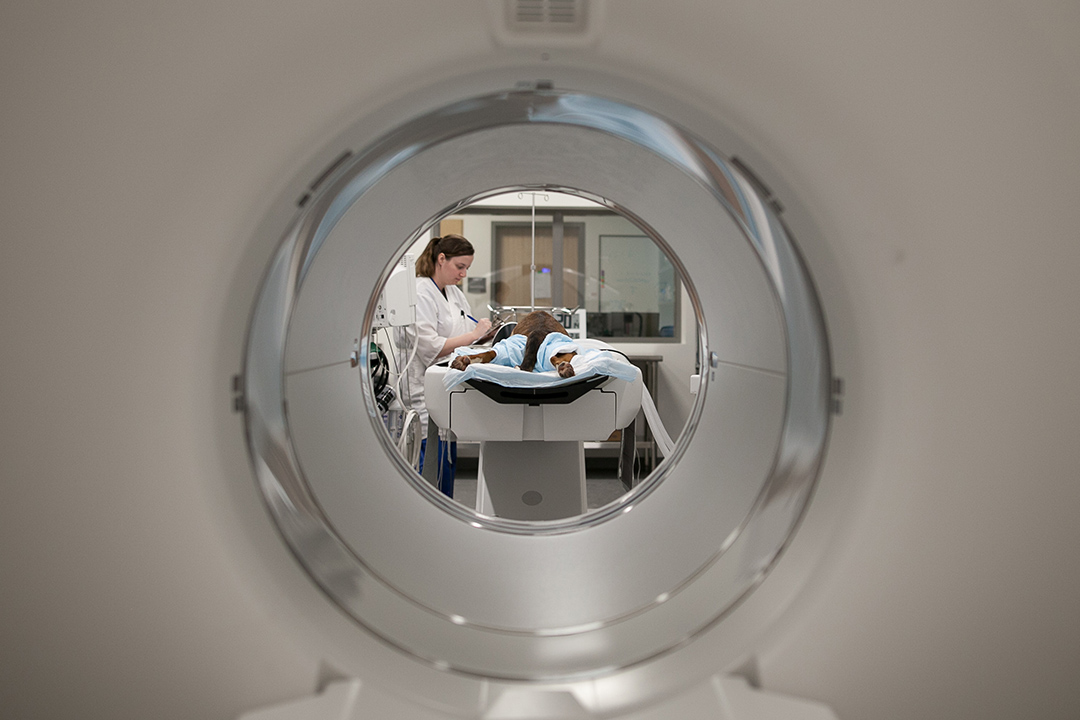
USask’s research facilities and technology state-of-the-art
When it comes to advanced technology and specialized research centres, the University of Saskatchewan’s (USask) cluster of extraordinary equipment and unique facilities is unmatched among Canadian universities.
By James ShewagaIt’s not exactly the best-kept secret on the Prairies, as researchers at USask and the scientific community have known for years. However, the university’s reputation is growing across the country and around the globe as a prime destination for world-leading researchers.
“Our unique array of advanced research facilities on campus give USask researchers and visiting scientists throughout the province, across the country, and around the globe the opportunity to conduct world-lead research,” said USask Vice-President Research Baljit Singh.
USask is well-known as home to three national research centres. These include the Canadian Light Source (CLS)—featuring Canada’s only synchrotron—and the Vaccine and Infectious Disease Organization (VIDO). VIDO had the first lab in the country to isolate the SARS-CoV-2 virus that causes COVID-19 and was the first in the country to test a vaccine in animal models. USask also leads the Super Dual Auroral Radar Network (SuperDARN) Canada, part of an international scientific network of 35 high-frequency radars. But CLS, VIDO and SuperDARN are only some of the features that make USask unique.
One of the latest additions to USask’s impressive assortment of research assets is the new positron emission tomography-computed tomography (PET-CT) scanner in the Western College of Veterinary Medicine (WCVM). This is Canada’s only PET-CT unit dedicated to animal-human research and to clinical use in animals.
The university also recently installed a new made-in-Saskatchewan BioPETx, a first-of-its kind nuclear imaging detector designed specifically for plant and soil research in USask’s Saskatchewan Centre for Cyclotron Sciences (SCCS). The SCCS, owned by USask and managed by the Sylvia Fedoruk Canadian Centre for Nuclear Innovation, is home to the province’s first cyclotron, which has produced medical isotopes for nuclear imaging scans of thousands of Saskatchewan patients at Royal University Hospital since 2016.
Saskatchewan’s research-intensive medical-doctoral university also features social science and epidemiology research hubs, global institutes for food and water security, and the Livestock Forage and Centre of Excellence (LFCE), a unique world-class complex of field and science laboratories.
Research scientists at the CLS have also built the first linear accelerator in the world that is dedicated to producing molybdenum 99—the medical isotope that is used the most—in a safe and cost-effective way that does not create nuclear waste. CLS also features the unique Biomedical Imaging and Therapy facility, designed for the study of humans and full-sized animals. This is another life sciences advancement, adding to USask’s collection of research facilities and technology on campus that is unmatched among Canadian universities.
“From the Canadian Hub in Applied and Social Research, new PET-CT scanner at WCVM and the BioPETx and cyclotron at the SCCS, to Canada’s only synchrotron national research facility, no other university in the country has all of these state-of-the-art facilities located right on campus,” said Singh.
Article re-posted on .
View original article.

